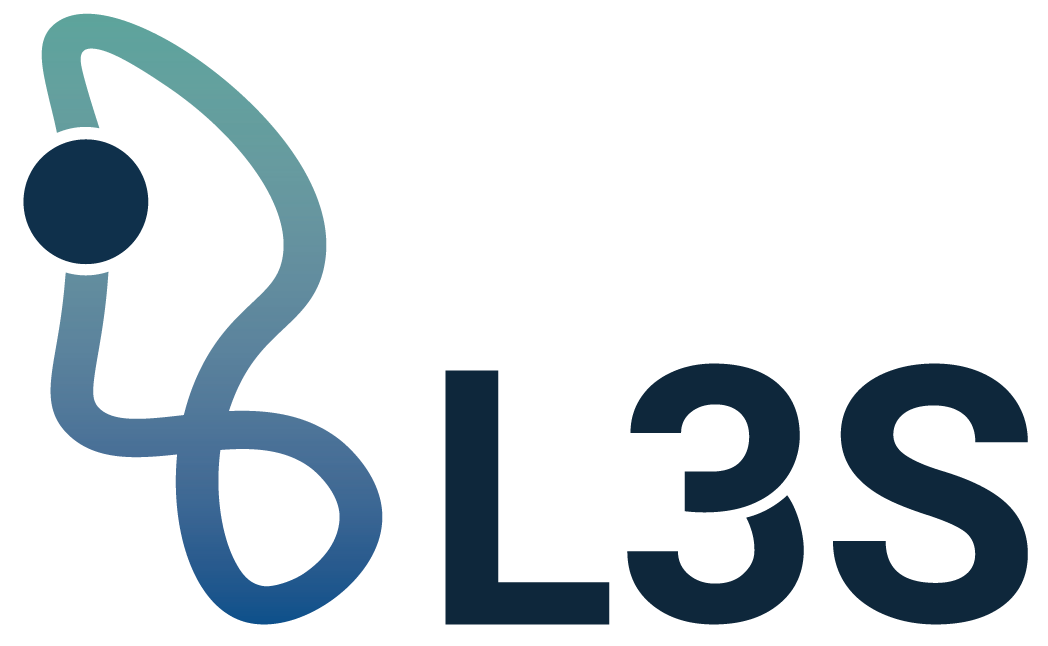|
so:text
|
On June 20, 2009, twenty-six-year-old Neda Agha-Soltan was shot to death in Iran while participating in a peaceful demonstration in Tehran. Her death became a “galvanizing symbol, both within Iran and increasingly around the world,” Rachel Maddow said on MSNBC. Video images of her plight circled the globe. The same day Roger Cohen denounced the killing on the editorial page of the New York Times. Only fifteen days later, nineteen-year-old Isis Obed Murillo was shot dead by the Honduran military during a peaceful protest in Honduras. Like Agha-Soltan’s, his death was recorded in video images that circulated on the Internet. The differential media interest in US newspaper coverage was 736-8 in favor of Agha-Soltan; the TV differential was 231-1 in favor of Agha-Soltan. The dramatic video images of Murillo’s killing never caught hold in the world beyond Honduras. The social media, which had displayed such potential for organizing protest in Iran, failed to come to life in Honduras. The Propaganda Model is as strong and applicable as it was thirty years ago. the performance of the MSM in treating the run-up to the Iraq War, the conflict with Iran, and Russia’s alleged election “meddling” and “aggression” in Ukraine and Crimea, offer case studies of biases as dramatic as those offered in the 1988 edition of Manufacturing Consent. The Propaganda Model lives on. (en) |

